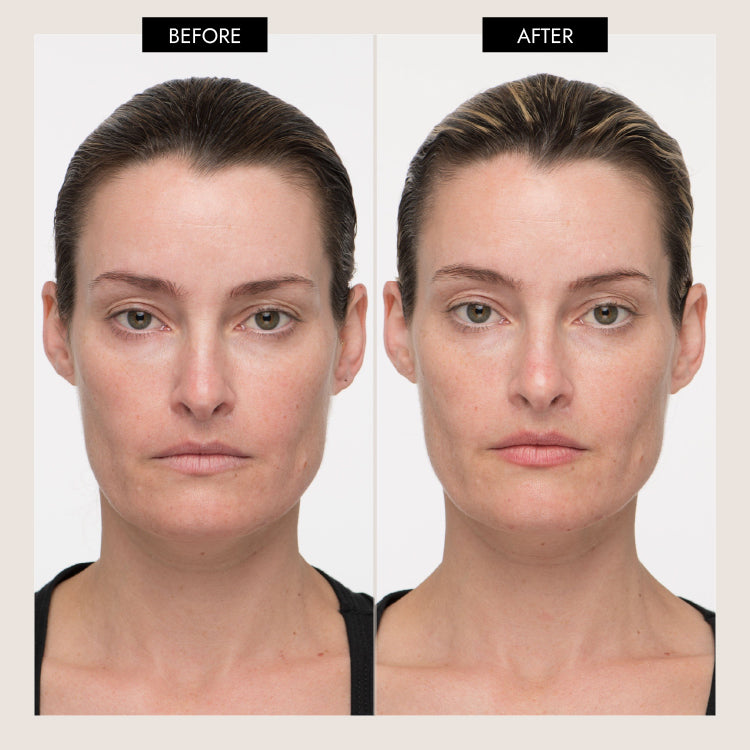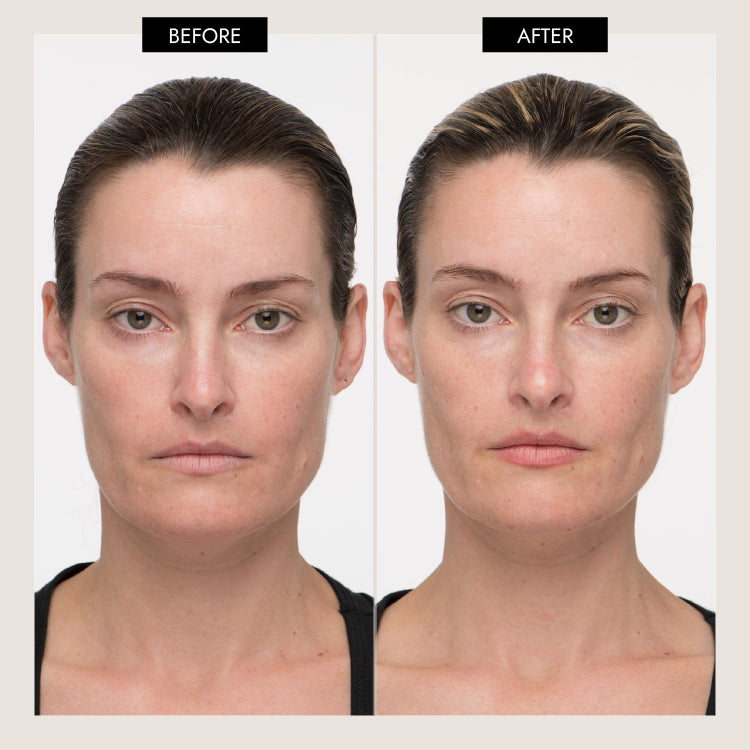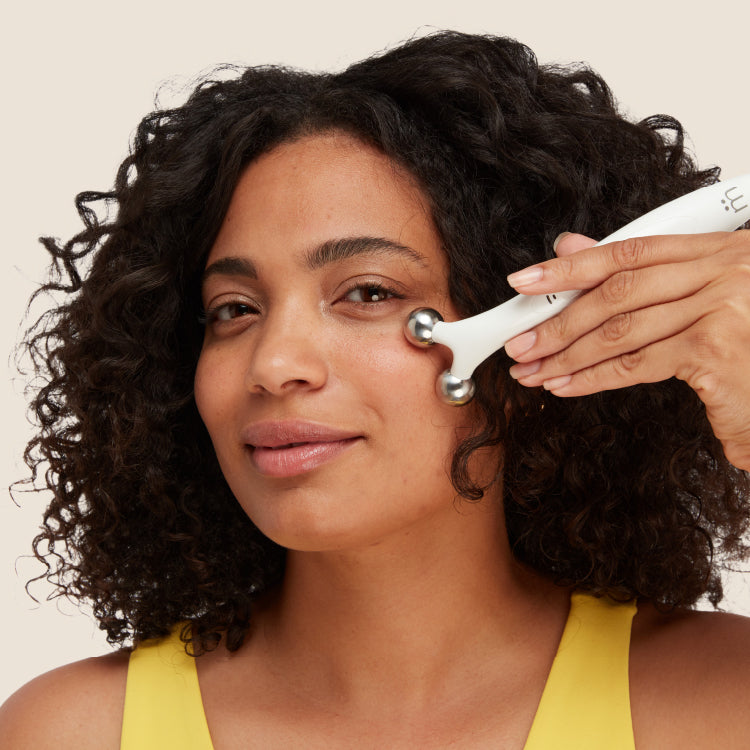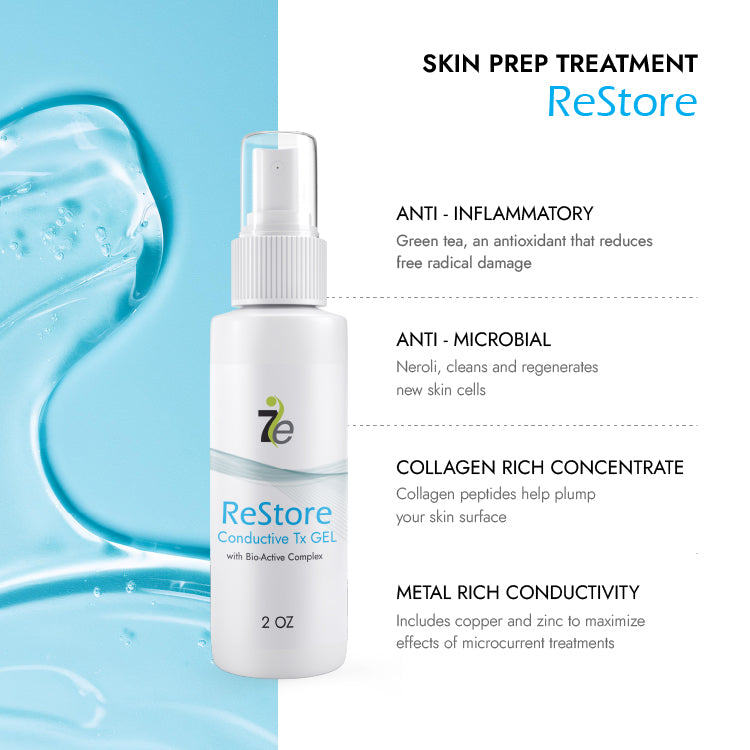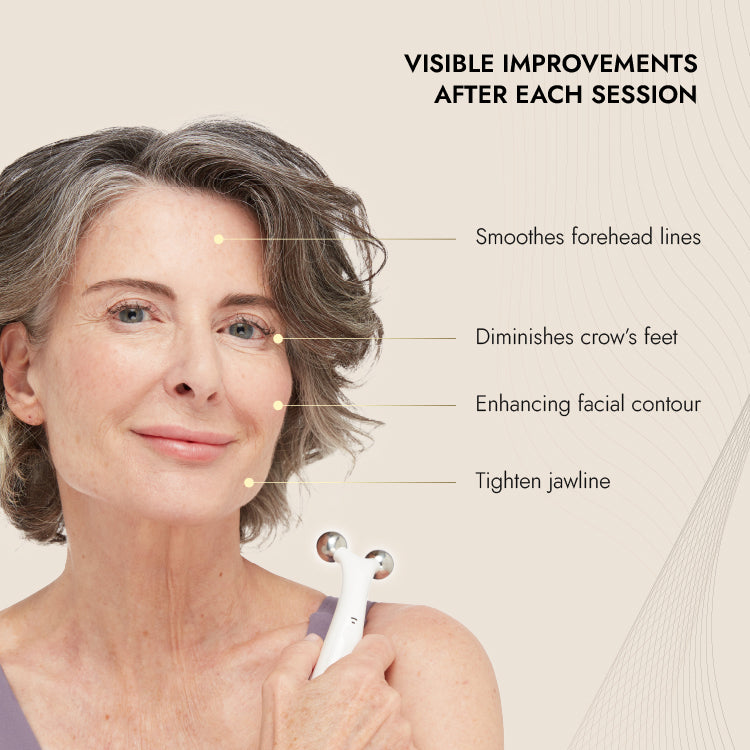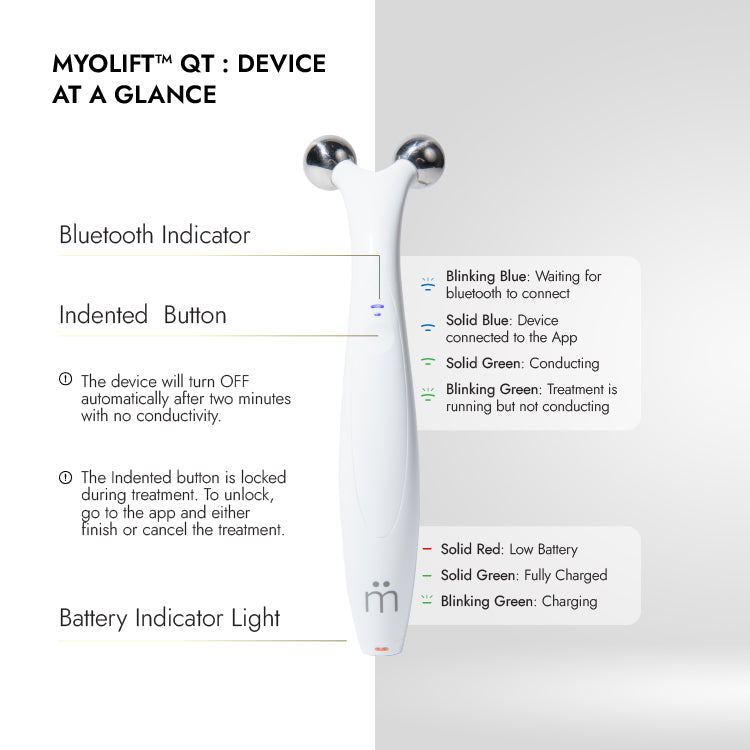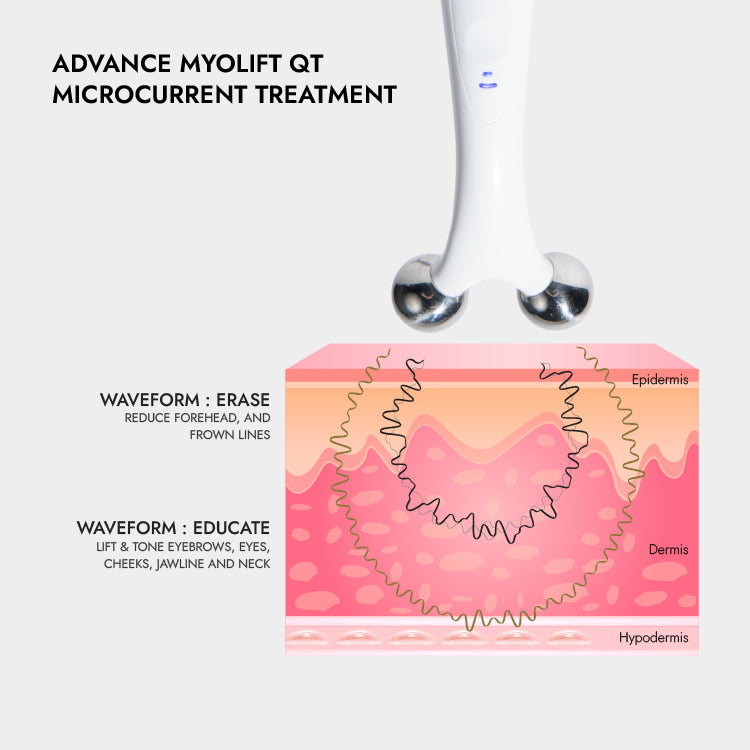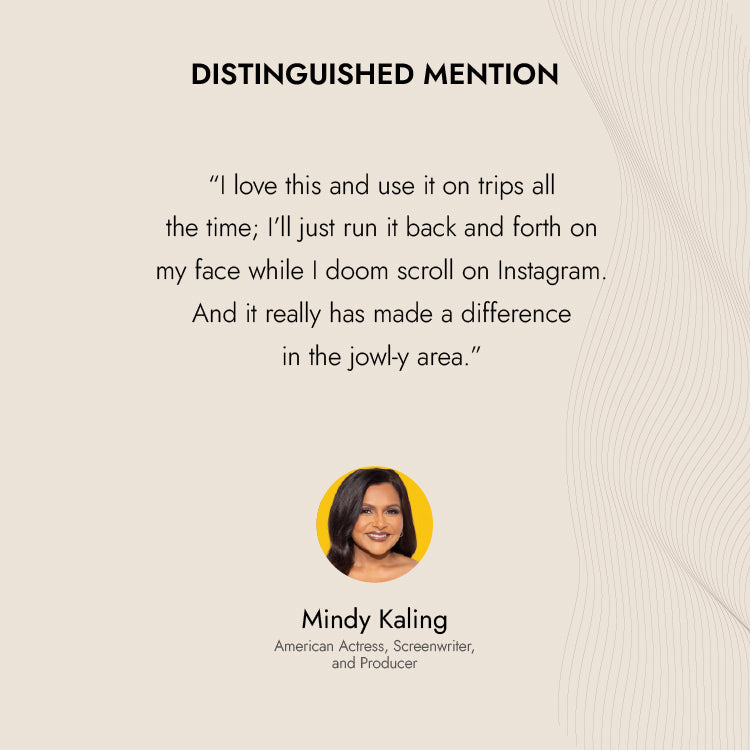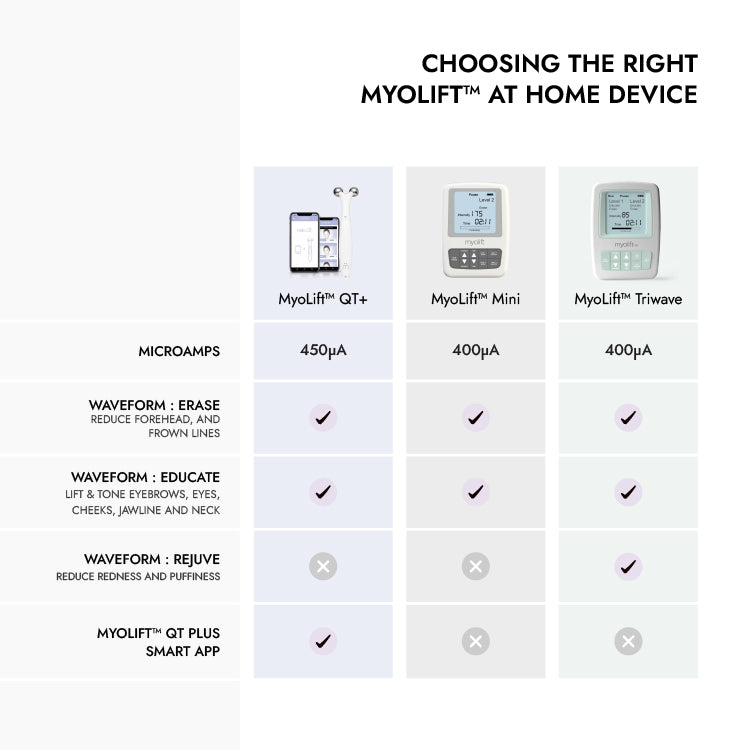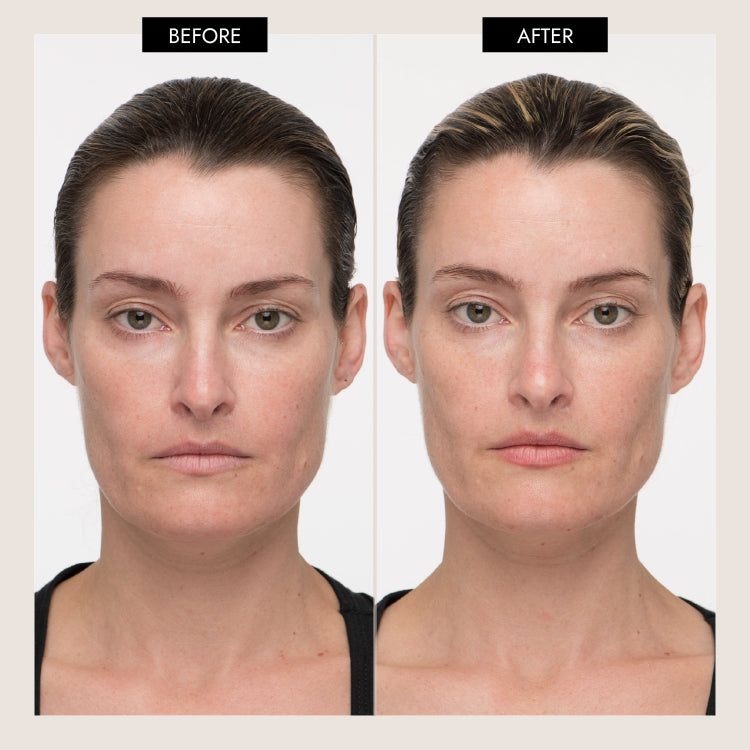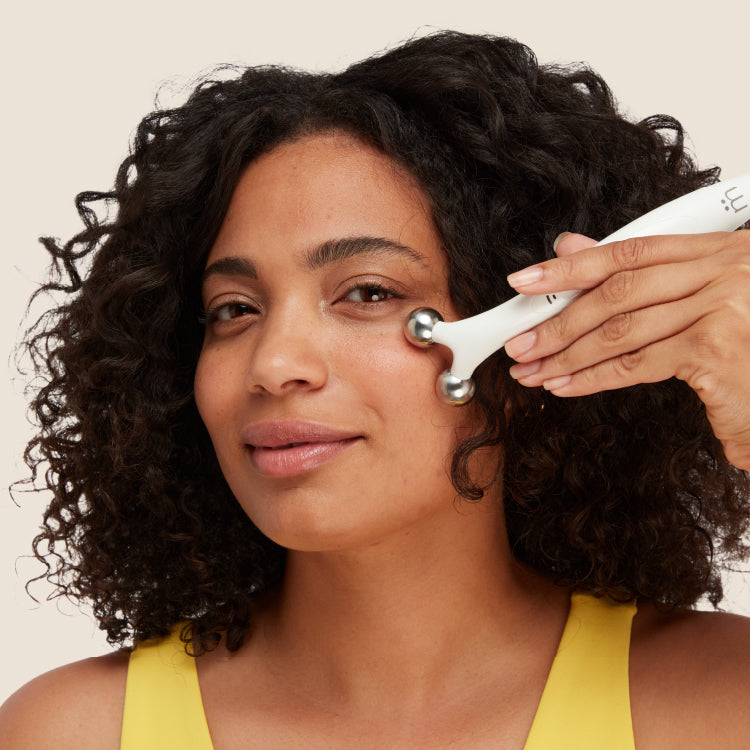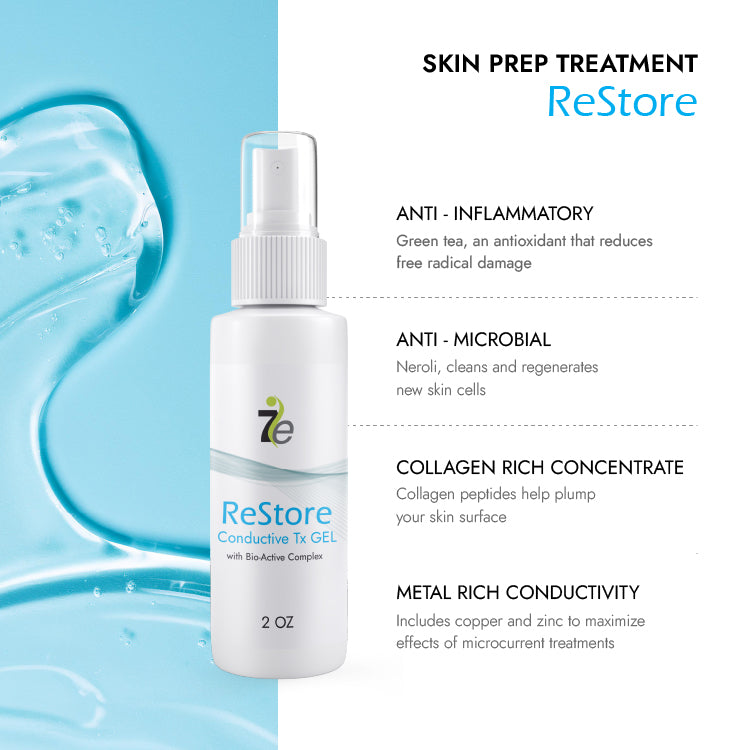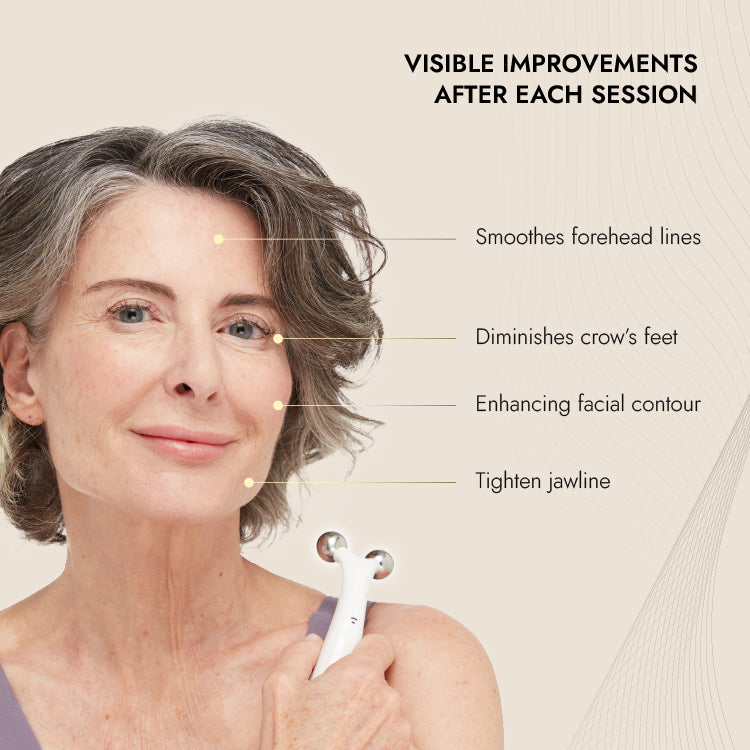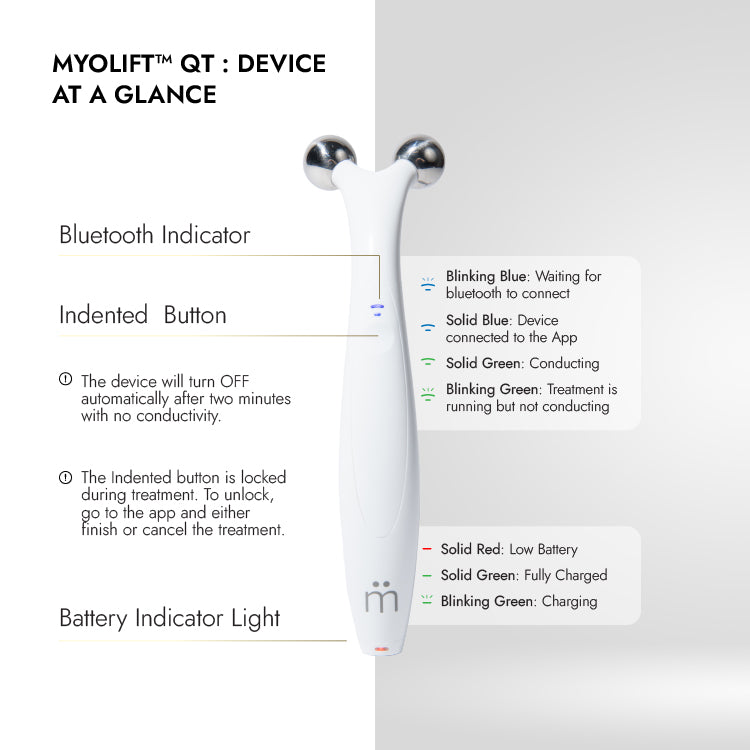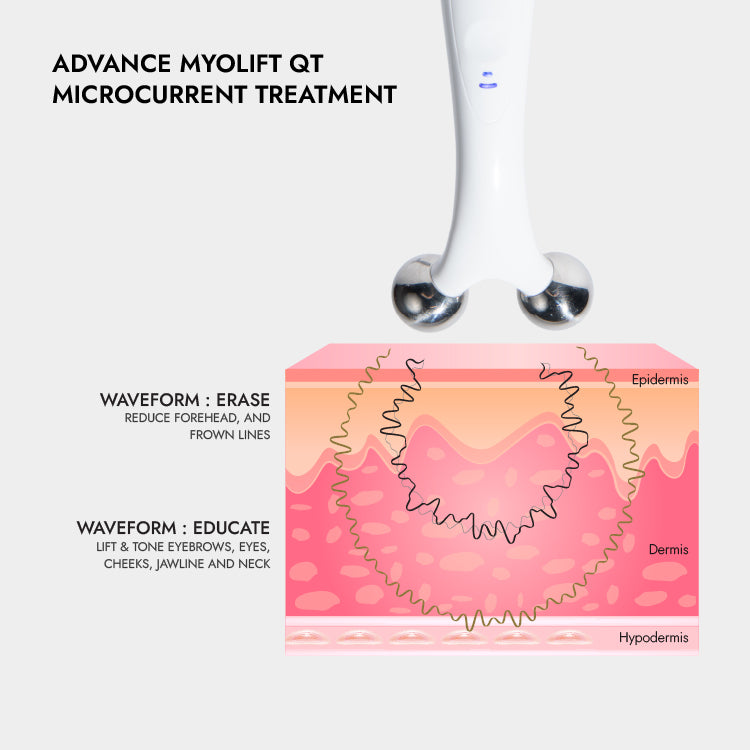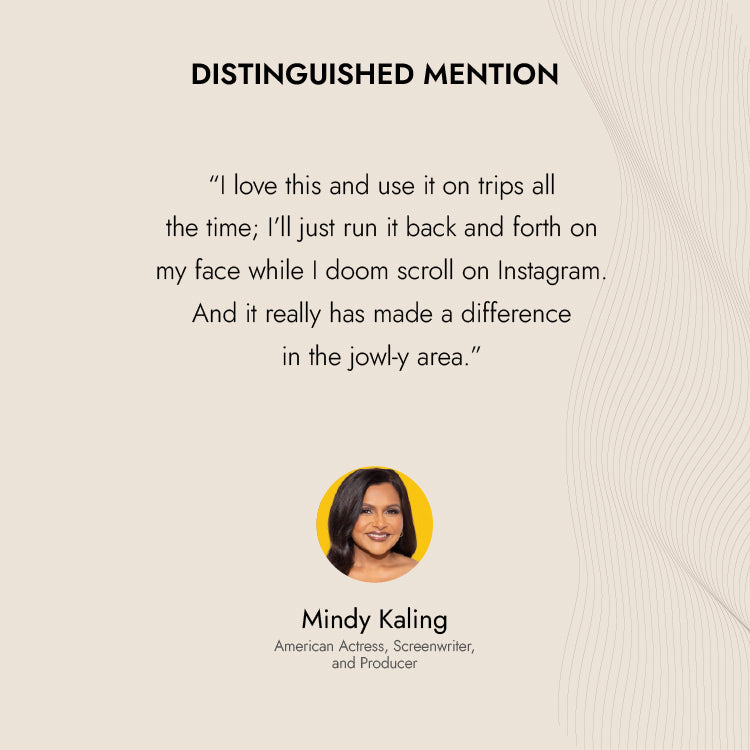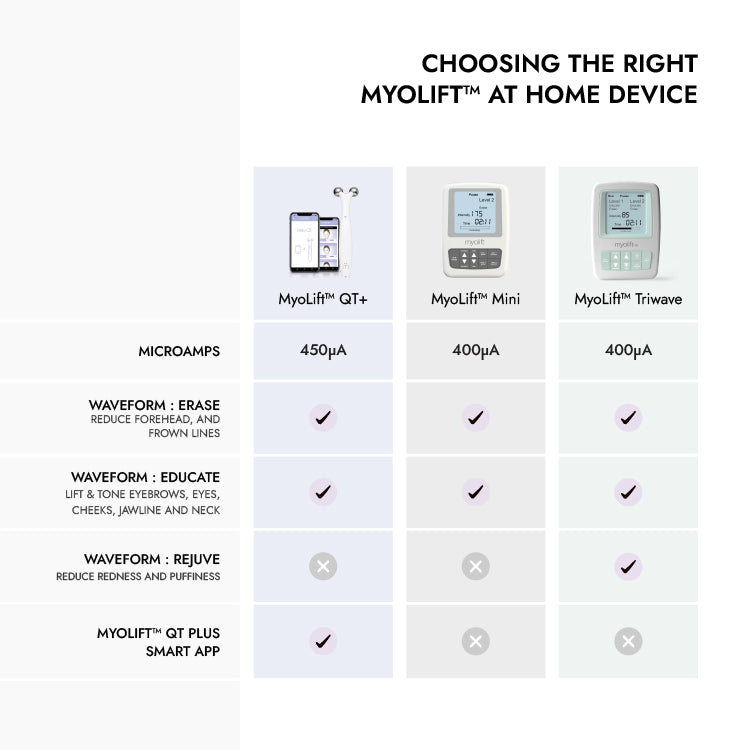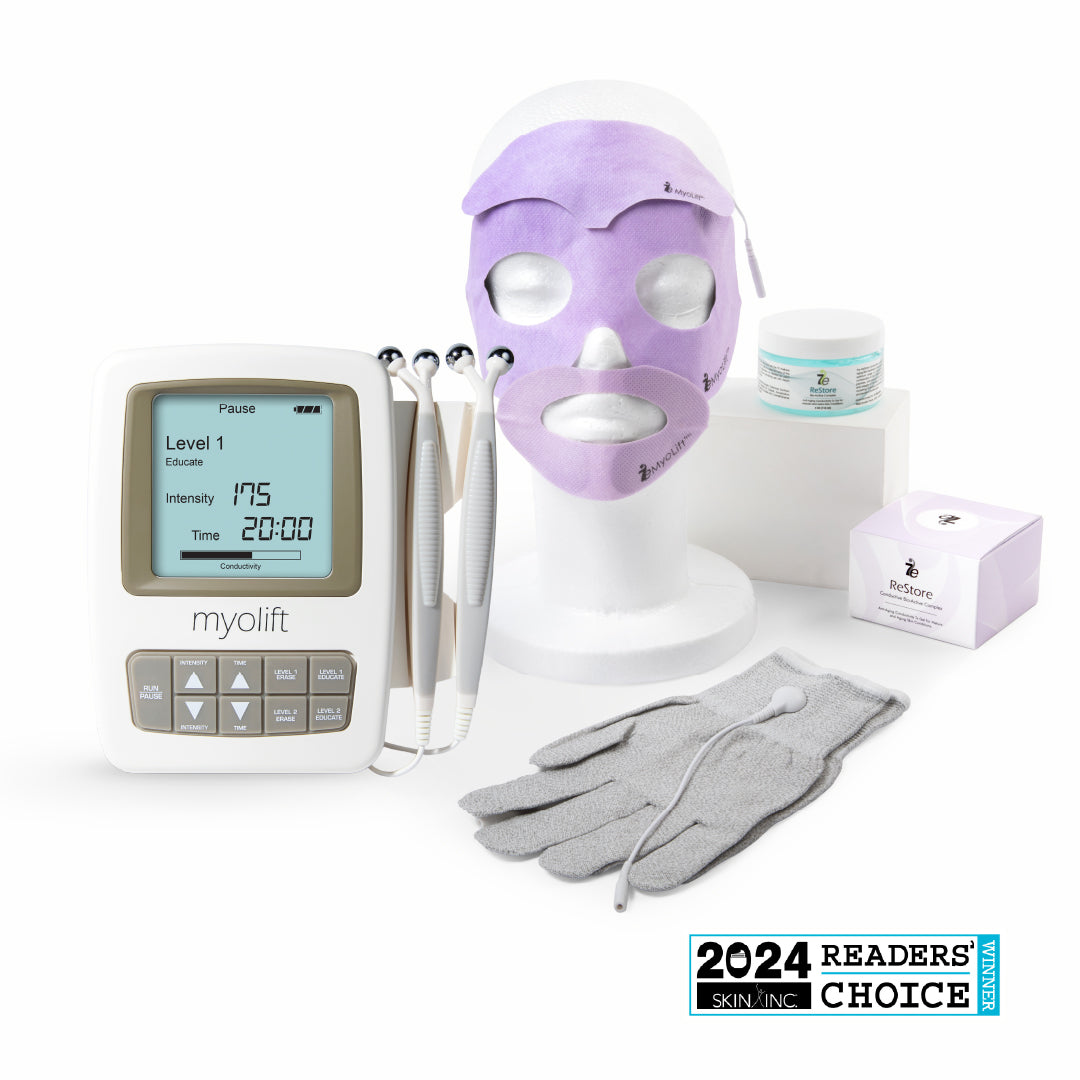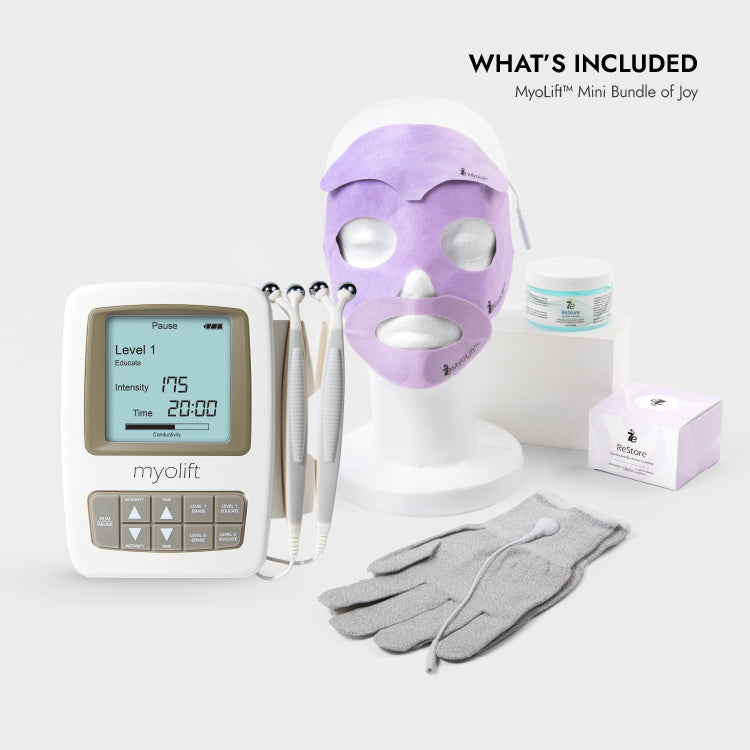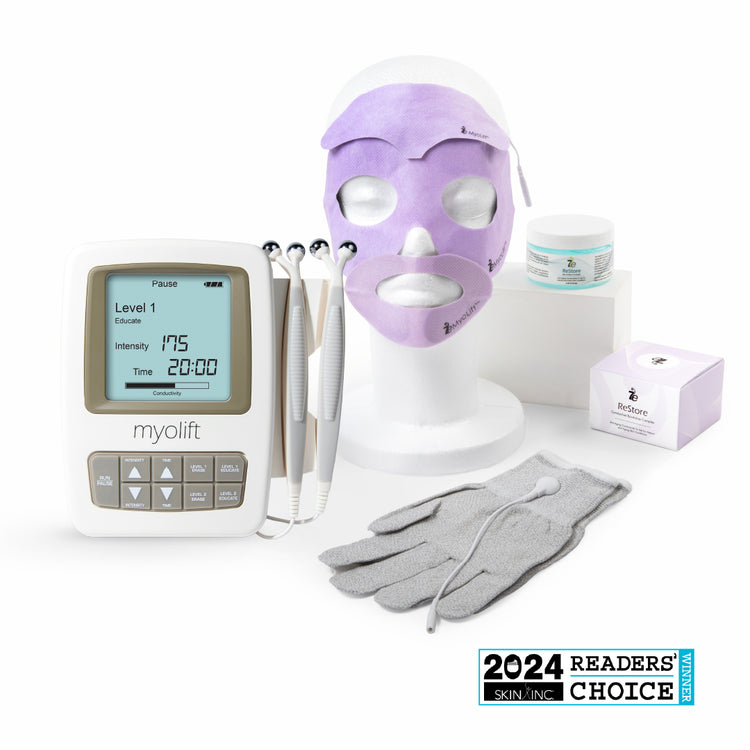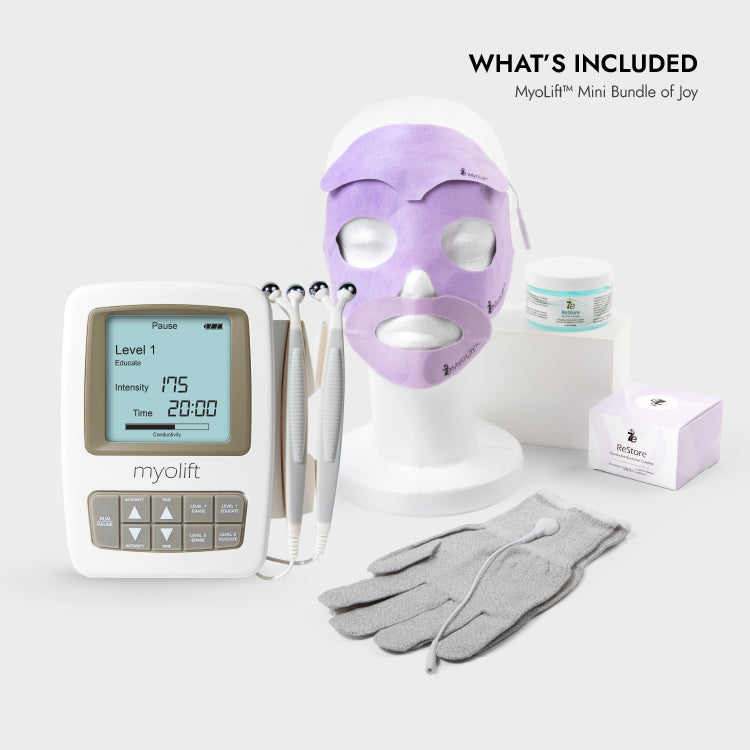Repairing and Preventing Sun Damage from Summer
Health |

As we transition to Fall, the wellness focus should be on repairing and preventing sun damage from Summer. According to the Skin Care Foundation, each year in United States over 5.4 million cases of nonmelanoma skin cancer are treated in more than 3.3 million people. Thus, there is a vital need for proper identification, treatment, and education pertaining to sun damage.
“Recall what the sun did to your wet bathing suit this summer?” asks Board-Certified MD, New York City dermatologist Dr. Neal Schultz. “It dried it out and faded it! The same thing happens to your face.” This can result from two main occurrences:
Mild sunburn– These are the “first-degree” variety that only affect the top layer of skin.
Severe sunburn – Serious damage that requires the care of a physician.
“Hyper and hypo pigmentation can manifest due to excessive sun exposure and such damage results in sun spots, melasma, and overall complexion changes," explains Board-Certified Nurse Practitioner Charis Wiffler. Such is the visual evidence, yet the actual biological changes set the stage.
According to Board-Certified physician, Allison Arthur, MD, FAAD, there are three main ways that ultraviolet radiation from the sun damages the skin:
1. Ultraviolet radiation from the sun break actual breaks down Collagen and Elastin fibers, leading to wrinkles and thin, sagging skin. Collagen and elastin fibers provide strength and elasticity in our skin.
2. Our skin produces a brown pigment called melanin; when exposed to the sun, this pigment helps protect the skin from damage. Over time, however, the melanin production can become uneven, leading to irregular pigmentation and brown spots in the skin that we refer to as “sun spots.’
3. Ultraviolet rays cause devastating mutations in the DNA of our skin cells. Over time, these abnormal cells can multiply and potentially form skin cancer. Exposure to ultraviolet light is the most preventable risk factor for all forms of skin cancer.
How can one tell the extent of the sun damage?
Simona Mazenyte, a top certified Skin Therapist from London suggests to skin for the following symptoms:
Dry Skin:
Skin can appear dry & flaky after an extensive sun exposure, as it progressively loses moisture and essential oils.
Sunburn:
Mild sunburn causes only painful reddening of the skin. In contrast, severe sun burn can lead to large blisters and tiny fluid-filled bumps.
Actinic Keratosis:
This is an early warning sign of increased risk of skin cancer & develops in areas of skin that have experienced prolonged and repeated sun exposure. It appears as a tiny bump that feels like sandpaper or as a small scaly patch of skin that appears red, yellow or brownish.
How To Remedy
Naturally, we all know that a broad-spectrum sunscreen every day is the first step. Additionally, internally Vitamin D is vital. A recently published study in the Journal of Investigative Dermatology suggests that high doses of Vitamin D taken an hour after sunburn significantly reduce skin redness, and inflammation. The study also found that Vitamin D was capable of activating the skin repair genes at a certain dosage level.
Wiffler adds that topical treatments vary based on skin tone, but that laser treatments such as intense pulse light (IPL) and 1064 Nd:YAG can begin to correct the damage. He stresses that remaining with treatments is extremely important for maintaining results and that sun protection is the key to preventing further damage. He cautions, “Each time you are exposed to the sun without SPF protection, any past treatment you've had to correct sun damage is rendered useless. The best tip to anyone concerned about sun damage is protection, protection, protection!”










